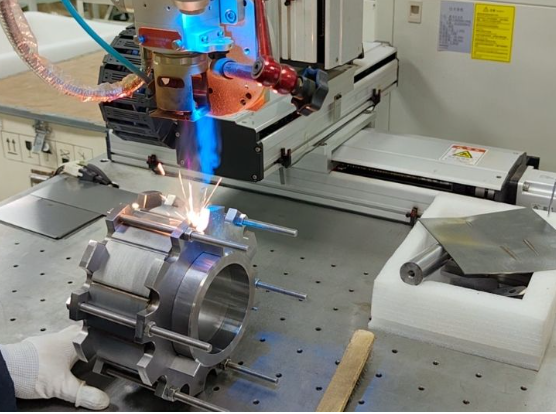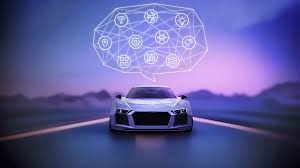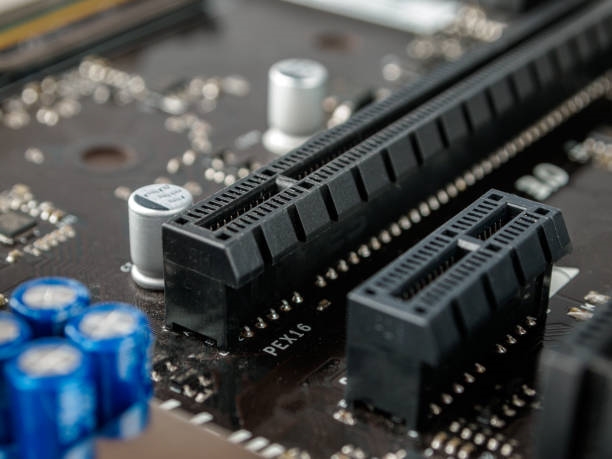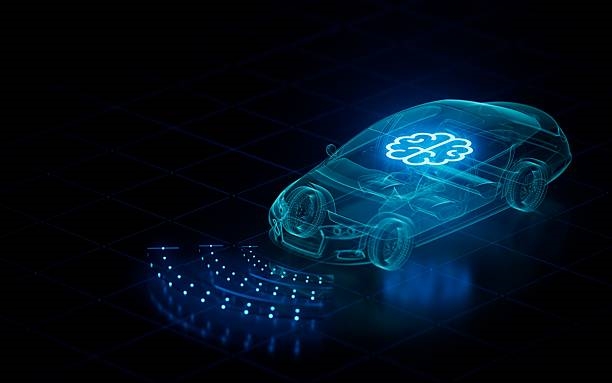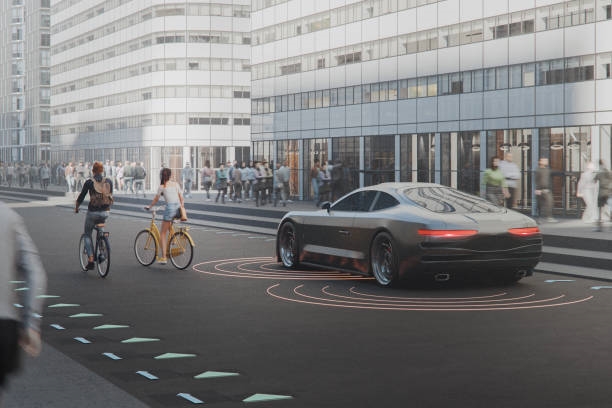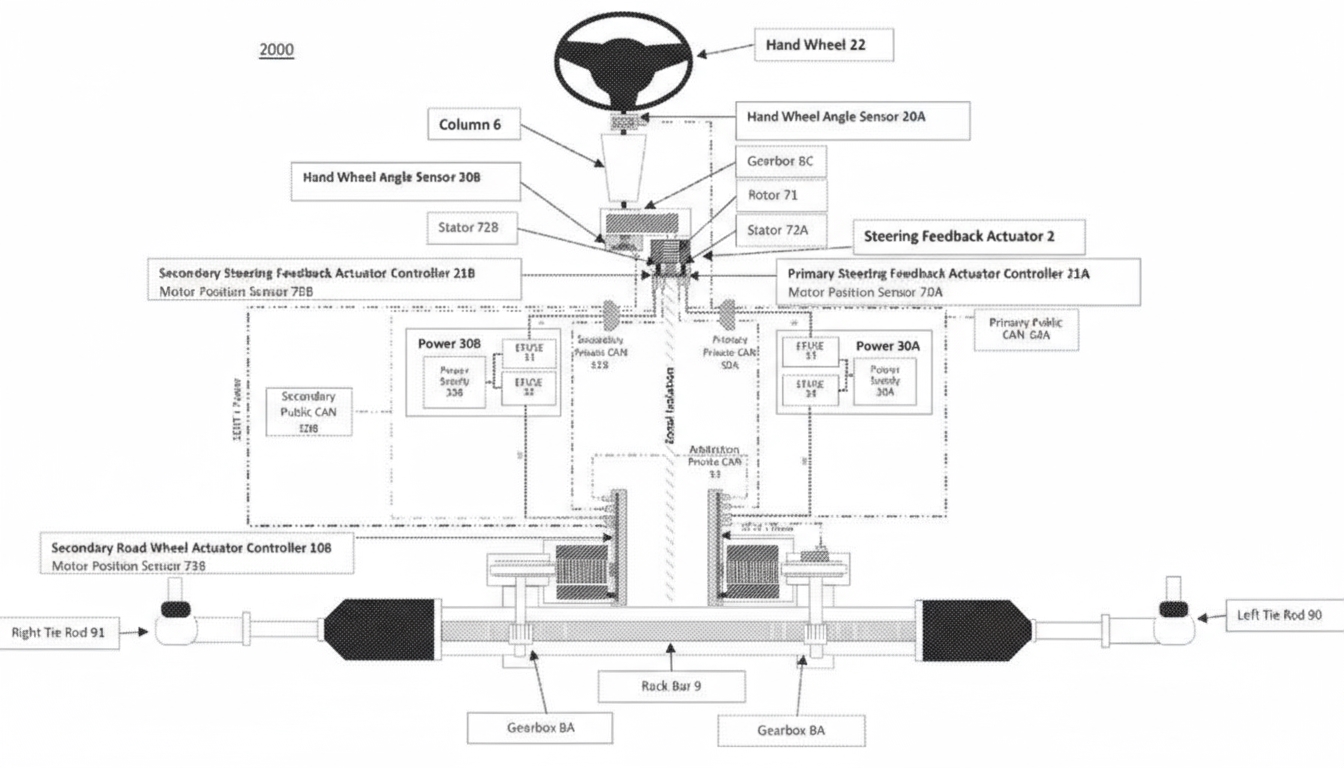Automotive head-up displays (HUDs) are commonly categorized into three types: Combiner HUD (C-HUD), Windshield HUD (W-HUD), and Augmented Reality HUD (AR-HUD).
C-HUD (Combiner HUD)
C-HUDs are frequently used in the aftermarket. They mount a semi-transparent resin plate above the instrument cluster or on the top of the dashboard, using that plate as the projection medium to reflect a virtual image. To improve image quality, the resin plate is often specially processed, for example made wedge-shaped to reduce reflections and ghosting. Compared with W-HUD and AR-HUD, C-HUDs have lower cost but the following disadvantages:
- Small imaging area, which limits displayed content.
- Short projection distance and low image height.
- Placement on the dashboard in front of the driver, which may pose a secondary injury risk in a collision.
W-HUD (Windshield HUD)
W-HUDs are used primarily as original equipment. Current development routes include magnified imaging based on curved reflective mirrors, holographic optical element (HOE) magnification, and holographic waveguide magnification. HOE and waveguide technologies are not yet mature; the main commercial approach uses curved reflective mirrors. W-HUDs use the windshield as the imaging medium, enabling a larger imaging area and longer projection distance. Their main drawback is that windshields act as curved reflectors, so W-HUDs require high-precision adaptation to windshield size and curvature, which raises cost.
AR-HUD (Augmented Reality HUD)
AR-HUD design must account for driver needs at different driving phases and the relationship between driver attention span and time, to achieve effective interaction. AR-HUDs combine augmented reality with HUDs. Like W-HUDs, they use the windshield as the projection medium, but they also align displayed information with the external environment. Using a fixed real-world viewpoint and vehicle-mounted sensors, an AR-HUD perceives the surroundings and collects relevant data to perform multi-level processing such as static and dynamic object recognition, detection, and tracking. By combining this perception with map and navigation data, the system supports operational analysis and aims to improve driving safety, stability, convenience, and the accuracy of displayed information.
 ALLPCB
ALLPCB


